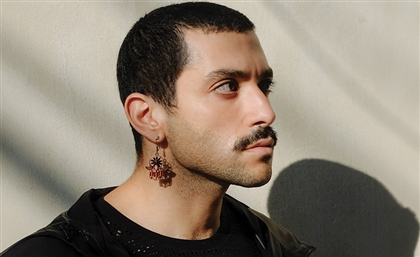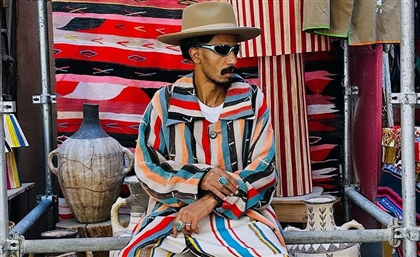7 Fascinating Facts About the Aswan High Dam
Among all the Nile water fights, we thought we'd just remind you of the story of the High Dam in Aswan, which was up and ready to go on the 21st of July, 1970. Ready for a Scene-style history lesson?
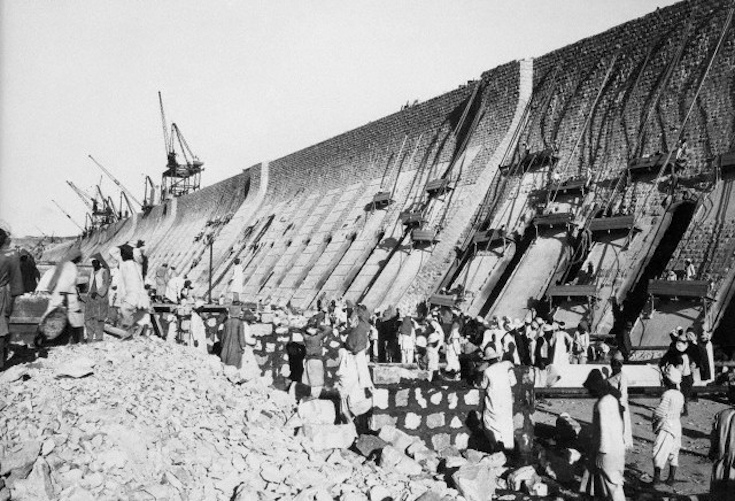
Its earliest attempt was in the 11th century.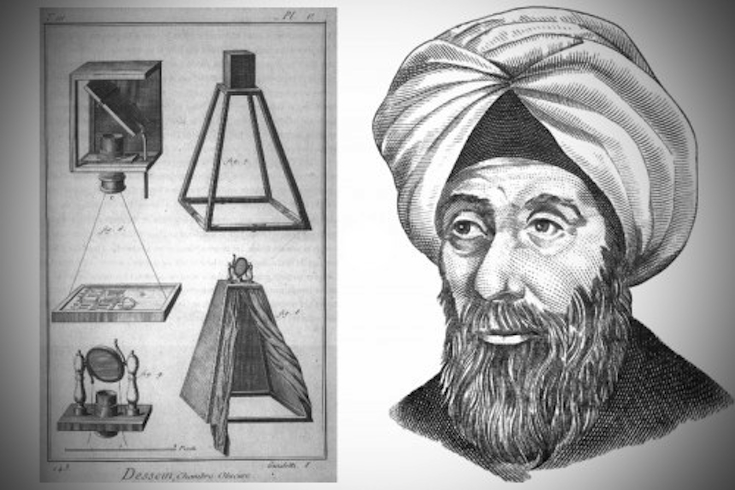
That's how far this dam goes, kids. A nerdy guy – a polymath and engineer by the name of Ibn al-Haytham – was given the task of regulating the flooding of the Nile by the Fatimid Caliph Al Hakim Bi-Amr Allah. People in the field were like, "yo, we're actually not doing this – this whole thing is impractical."
It went through some drama.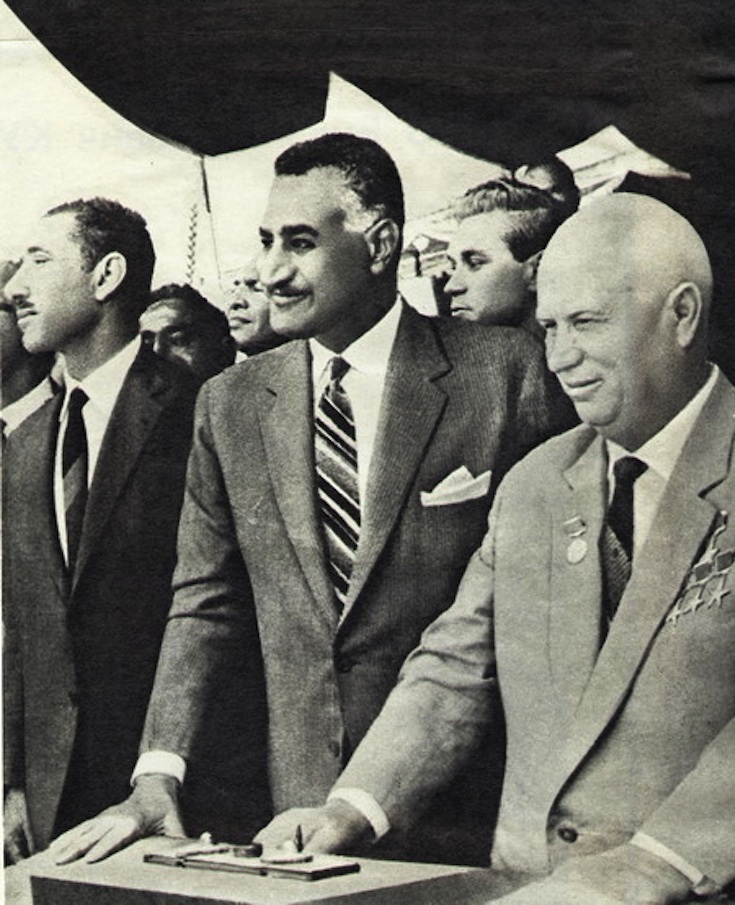
Fast forward to 1912, Greek-Egyptian engineer Adrian Daninos presented a plan of constructing the high dam, but King Farouk was like "no, thanks." Then, Gamal Abdel Nasser decided Nile waters had to be stored in Egypt, and dusted off the plan and looked into it. The U.S offered to fund the project by a $270 million loan, and expected Nasser to resolve Arab-Israeli conflicts in return – that didn't last, because Israel attacked Egypt, and Nasser decided he needs to modernise his military. The U.S was like "okay, cool, but you have to only use weapons to defend yourself." Nasser was like "umm, don't try me, okay? Just gonna see what's up with Russia. Bye."
It was funded by Russia.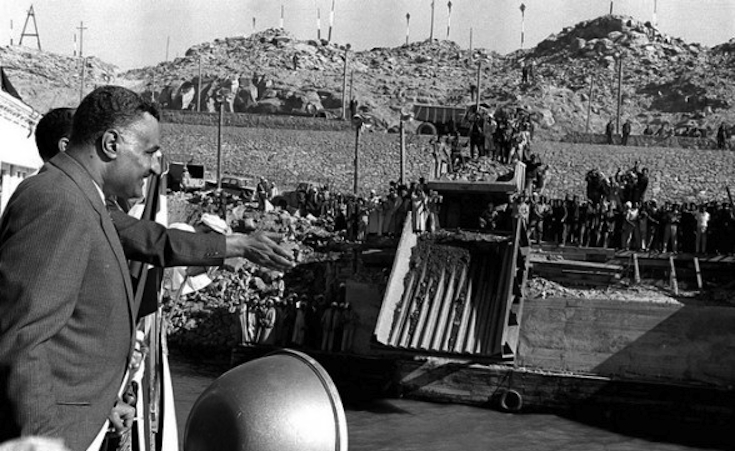
Russia was like, "Here are the weapons you need, oh, and some money on top to build the dam, but can you defer our payments of Egyptian grain and cotton?" In the end, Soviets offered the former leader $1.12 billion to construct the dam.
It had its pros.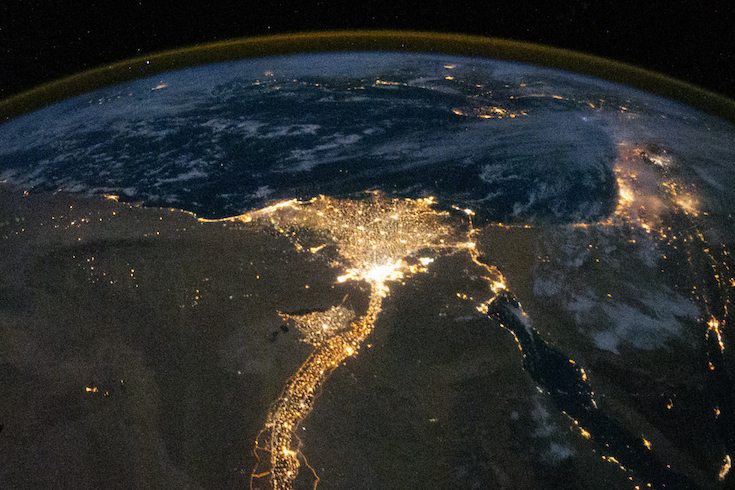
Thanks to the Aswan Dam, the project resulted in providing employment and income for Egyptian families, because according to Wikipedia, "the dams also protected Egypt from the droughts in 1972–1973 and 1983–1987 that devastated East and West Africa." Phew, that was close – guess we're in payback time now, Ethiopia. The High Dam also allowed Egypt to reclaim about 2 million feddans in the Delta and along the Nile Valley, increasing the country's irrigated area by a third.
And where would we be without the best pro of all: electricity. The High Dam produces half of Egypt's electricity, this includes twelve generators each rated at 175 megawatts with a total of 2.1 gigawatts – that's a shitload, minus the past few summers of cuts that we don't feel like recalling.
But ...
It moved archeological sites.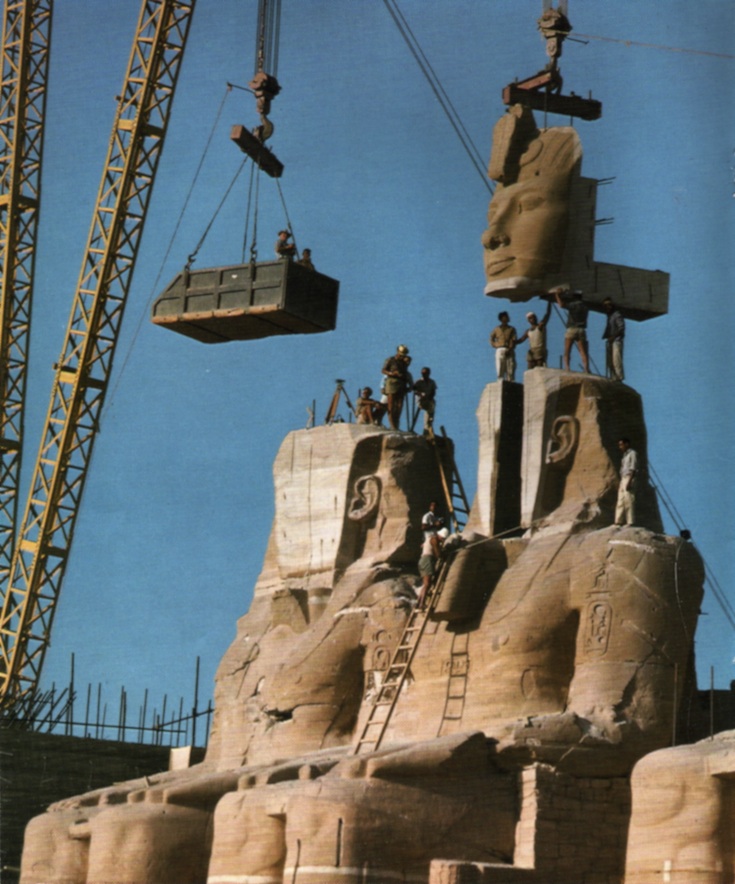
The UNESCO Nubia Campaign preserved and moved 22 monuments and architectural complexes, such as the Abu Simbel temples, Philae, Kalabsha and Amada – they were being seriously threatened with flooding. Those were moved around Egypt, but some were given to other countries that helped with the transfer, such as Debod temple, Temple of Taffeh and Temple of Dendur, in Madrid, Leiden and New York, respectively. Sadly, some archeological sites were still flooded by Lake Nasser.
And it displaced indigenous populations.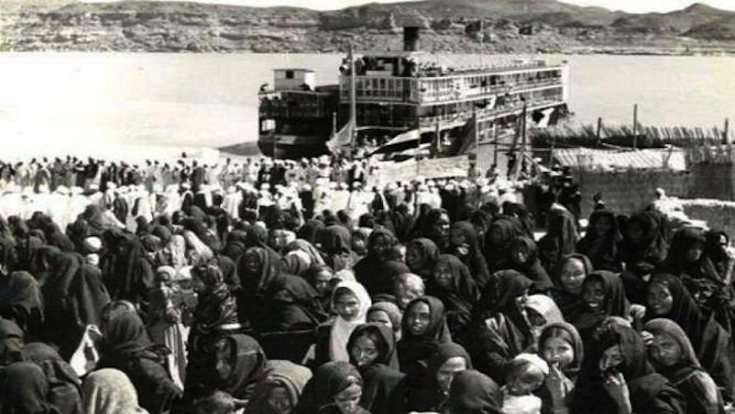
Displacement came in large numbers for the populations of our beloved Nubia in Southern Egypt and Northern Sudan; about 50-70,000 Nubians were moved from Wadi Halfa in Sudan and the surrounding villages – some settled in a new settlement called the New Wadi Halfa, while some were scattered around different areas of Sudan. As for Egyptian Nubians, the majority of the 50,000 Nubians were moved from the Kom Ombo, near Aswan, to what is now called “New Nubia”. By the way, Nubians never forgot this awful tragedy that resulted in the loss of their homes, lands and part of their heritage.
It got a song from Abdel Halim.
But, the good news is that when it was all finished and good to go, on this very day 46 years ago, Abdel Halim Hafez had a song prepared for this occasion. It's a happy, fun, encouraging and enthusiastic song – "we said were gonna built it, and look we built the High Dam!" Yes, Halim sung about more than just love and the '52 revolution.
- Previous Article Dr.Sisilove or How (Not) To Diffuse A Bomb
- Next Article Caféllucca: The Chanel of Feluccas
Trending This Week
-
Apr 13, 2024





